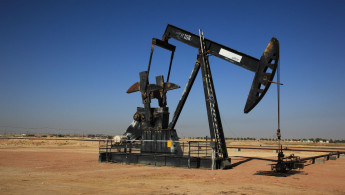Oman's export revenues decrease in line with oil prices
Oman's export revenues declined 27.2 percent in the first half of 2016, with many economists placing a direct link to 'Cheap Oil'.
Oman's National Centre for Statistics and Information (NCSI) reported revenues of OMR4.96 billion for the period, down from OMR6.82 billion in 2015.
The latest report shows a continuing trade decline in the country, as export figures for 2015 registered a 34.7 percent slowdown last year.
Non-oil exports particularly suffered in the first half of 2016, as revenues fell 23.7 per cent. Plastic and rubber exports performed the worst, as they declined 50.6 per cent year-on-year.
The dip in revenues is noticeably similar to the reduction in the price of crude oil witnessed earlier this year.
The average price of a barrel of crude oil decreased 33.7 per cent to around $38.9 per barrel for the first six months of the year.
This price change came directly out of a Saudi-led OPEC policy to drive down oil prices, in order to destroy the fledgling 'fracking' industry in the United States.
The intention being to make oil so cheap as to discourage any investment in the new industry.
Many OPEC countries are now experiencing a contraction in their economies as the effect of OPEC's policy of 'Cheap Oil' starts to bite.
Kuwait went to the polls for the seventh time in ten years this week, as a weakening economy, caused by cheap oil, caused political mayhem.
Saudi Arabia has also been facing domestic problems due to an economic slowdown which has resulted in higher unemployment and greater debt issues for the government.
Saudi put aside $26.7 billion earlier this month to pay private-sector debts that it had accrued in recent months.





 Follow the Middle East's top stories in English at The New Arab on Google News
Follow the Middle East's top stories in English at The New Arab on Google News


